Protect Your Flat Roof
Flat Roof Restoration Services in WA
Restoration solutions that cost less than full replacement.
Serving WA and OR, we help commercial and multi-family property owners stop leaks, improve roof performance, and protect their investment without breaking the budget.
Local Contractor
Financing Offers
Certified Warranties
Assured Quality

Our Service
Restore Your Flat Roof, Save on Replacements
Strengthen What You Already Have
What is Restoration?
Flat roof restoration service is built to extend your roof’s life by sealing leaks and strengthening waterproofing. This is done by applying a high-performance silicone coating that supports and protects your existing roofing system. The result is a durable, long-lasting roof that helps you save your time, money and avoid hassle.
Common Causes of Roof Problems
Addressing these issues early ensures your roof stays durable and effective.

Neglected Maintenance
Leaves, moss, and debris trap moisture—weakening materials and causing damage.
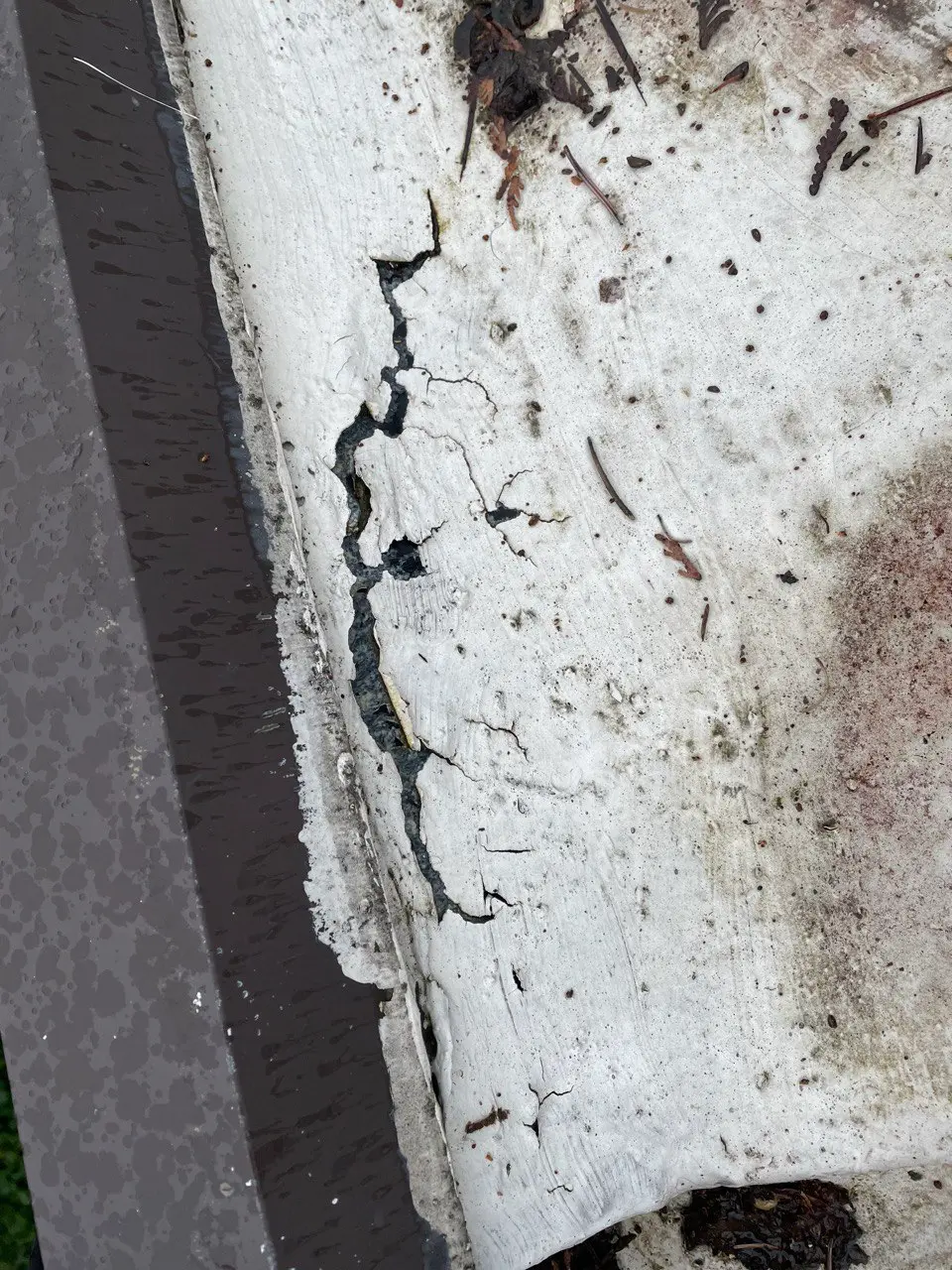
Worn-Out Material
Membranes lose flexibility and crack over time, leaving the roof vulnerable to leaks and structural damage.
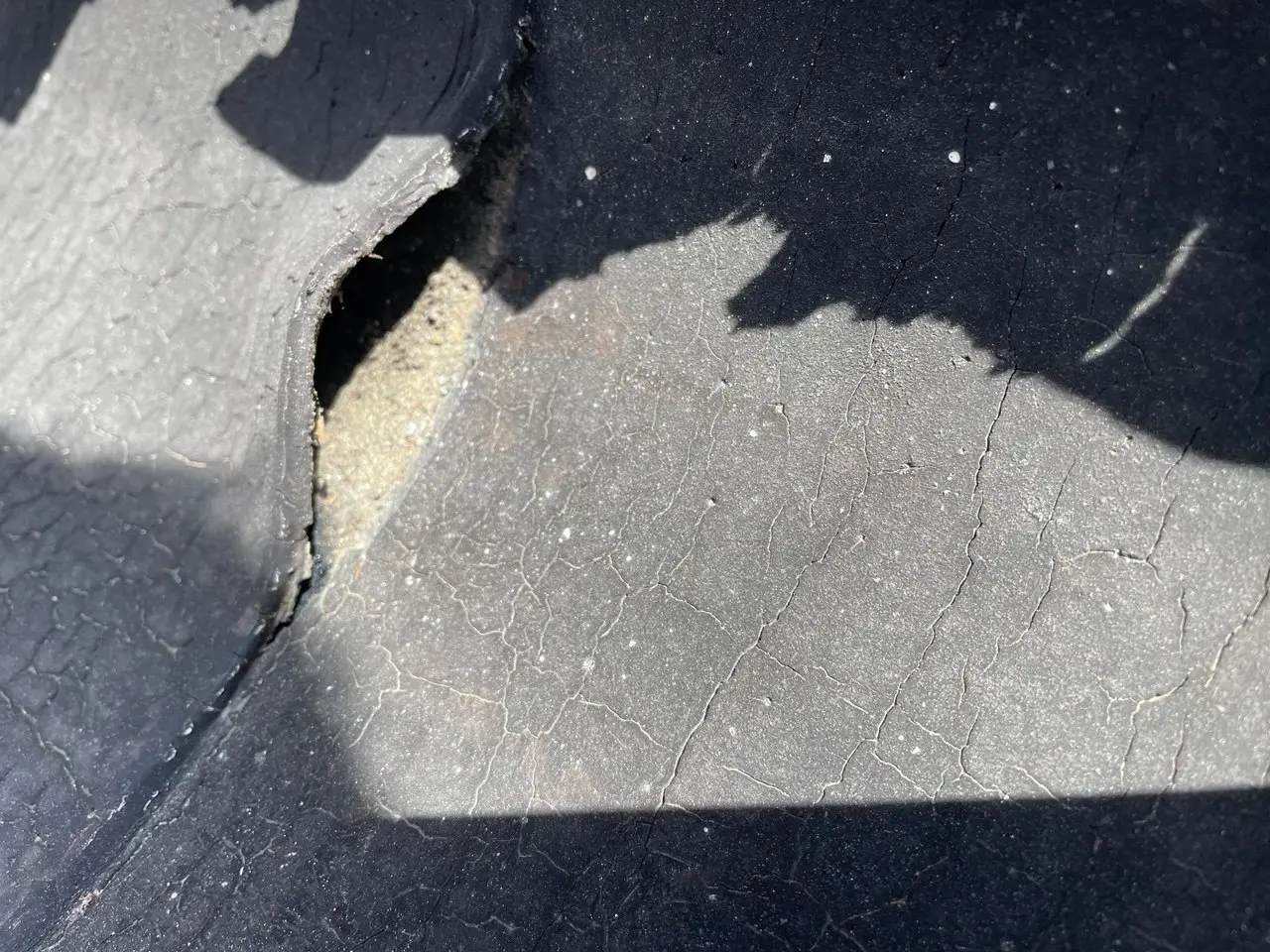
Seam Failure
Open seams let water get inside, causing leaks and damage beneath the roofing system.
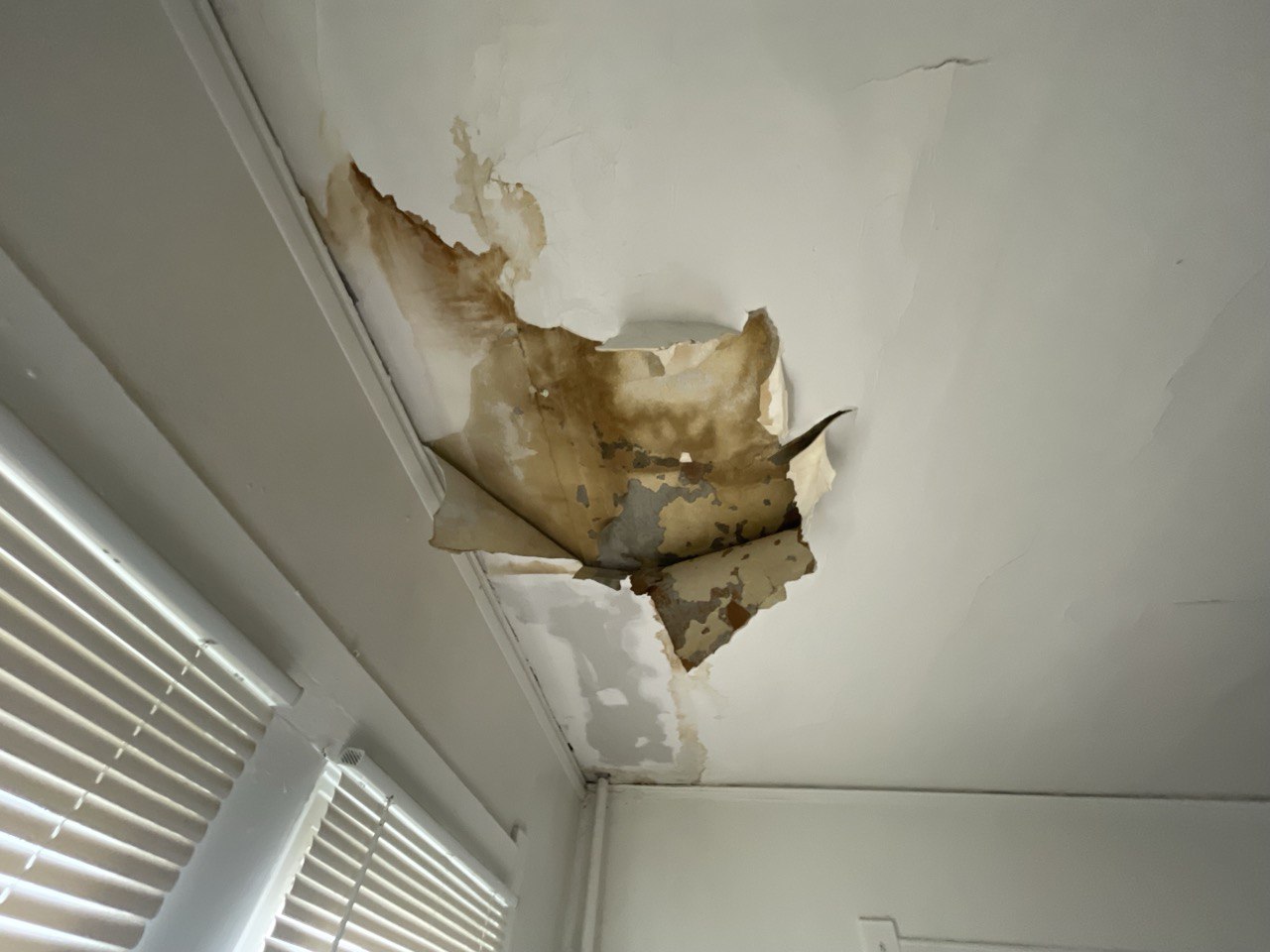
Water Infiltration
Ongoing leaks soak the insulation, encourage mold growth, and weaken the roof’s structure.
Signs You Need Roof Restoration
Recognizing when your roof needs restoration can help protect your property and avoid ongoing repair costs. Watch for these warning signs:

Visible Damage
Cracks, warping, or brittle spots may indicate your roof is in damaged condition and needs a professional inspection.
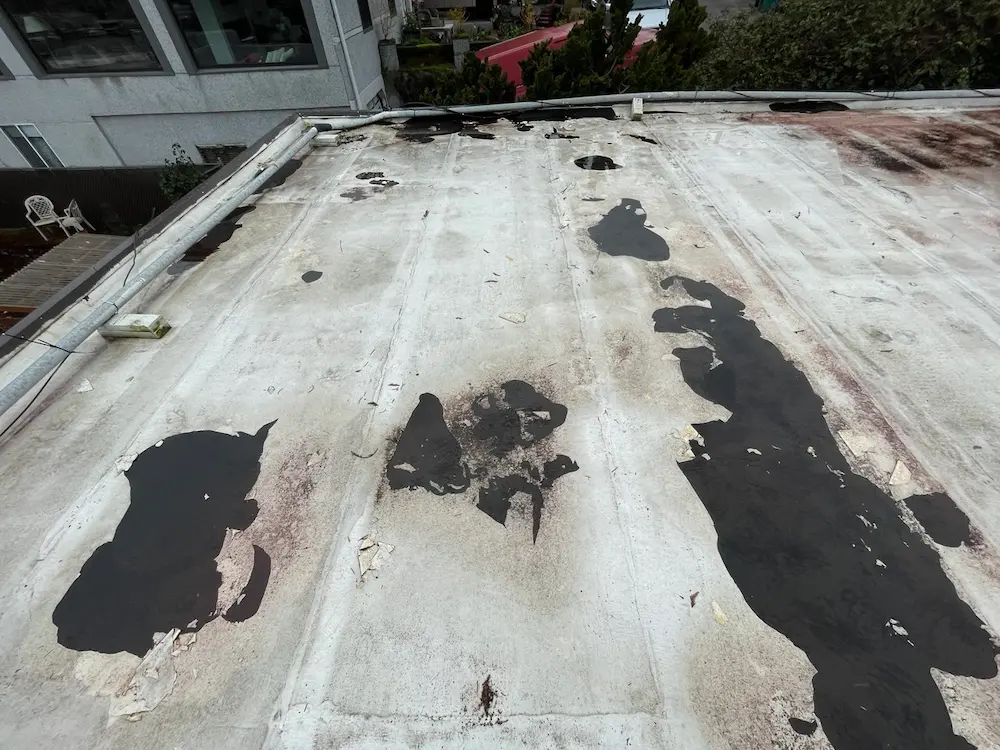
Unreliable Materials
Poor-quality roofing materials often can shorten your roof’s lifespan and lead to leaks, weak spots, or costly repairs.
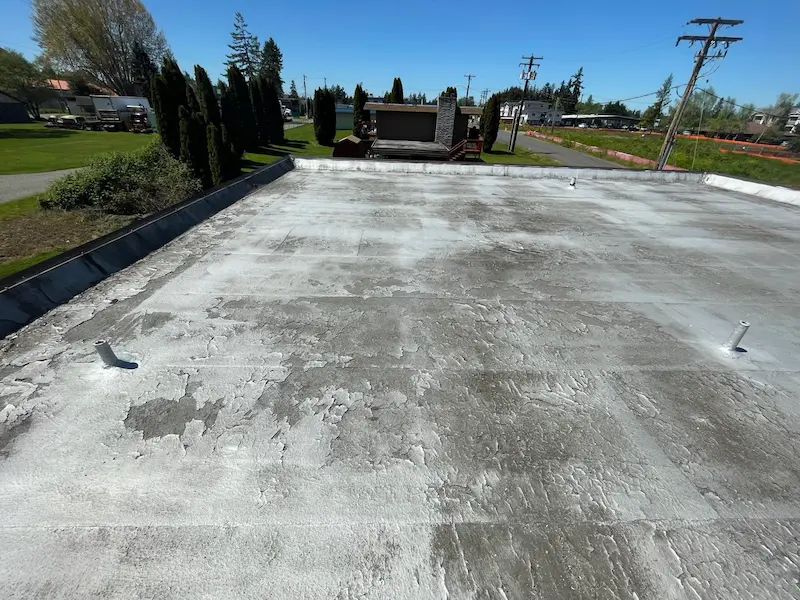
Aging Roofs
Most roofs have a lifespan of 20–30 years, during which the materials gradually weaken and become less reliable.
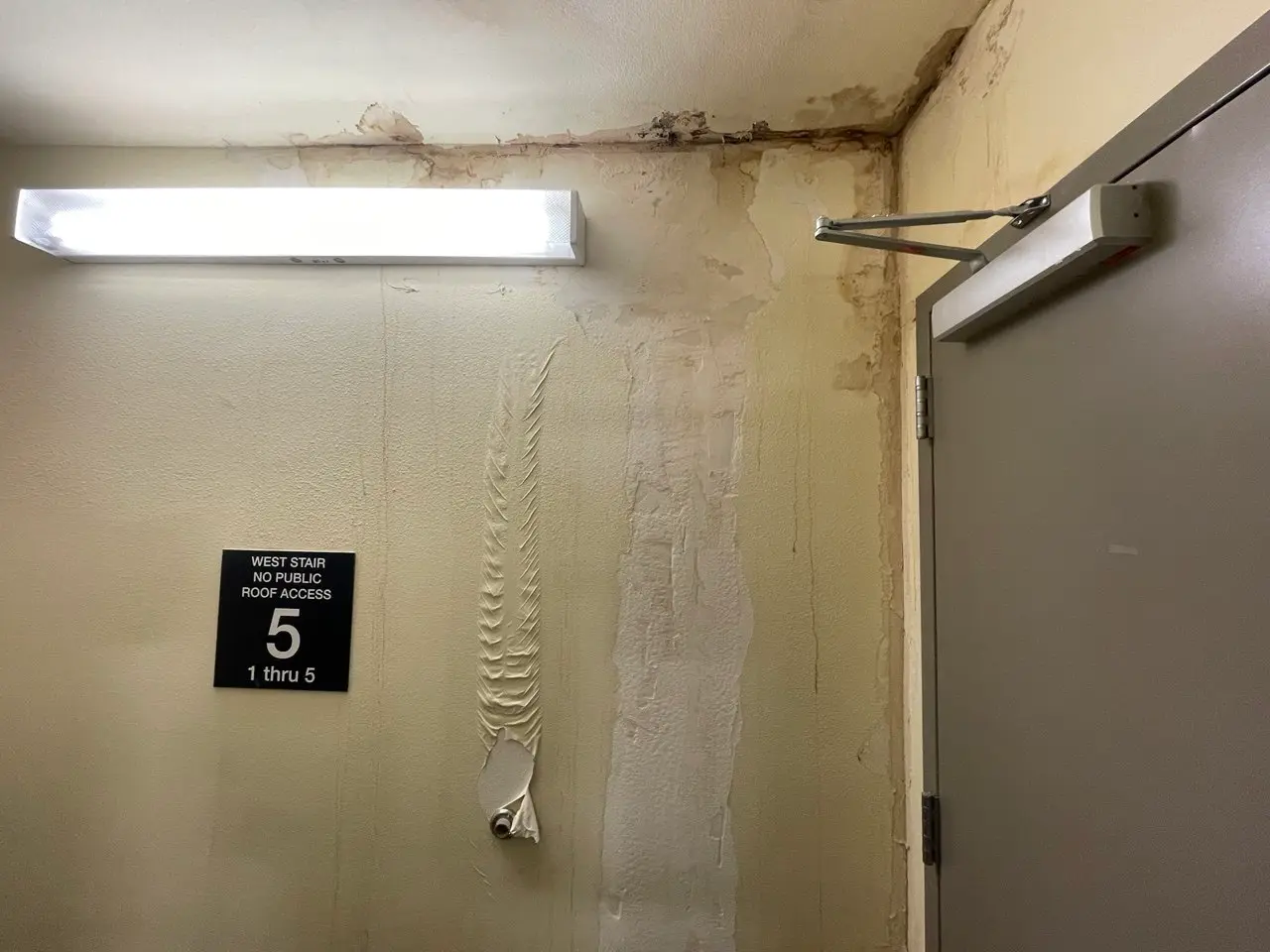
Leaks and Water Stains
Ceiling stains, paint bubbles, or dripping water are signs that moisture is trapped and may be causing hidden roof damage.
Our Service
What We Offer
- Extended Roof Lifespan – Adds 10-20 years of durable protection
- Waterproof System – Prevents leaks and water damage
- Cost-Effective Alternative – Saves time and money compared to full replacement
- 20-Year Warranty – Covers both workmanship and materials
- Energy Efficiency – Reflective silicone that saves money on utility costs
- Easy Maintenance – Damaged areas can be recoated without removing the existing layer
How We Use Core Samples to Recommend the Right Flat Roof Solution
.jpeg)
Restoration Process
A simple process that keeps your flat roof strong, sealed, and leak-free.
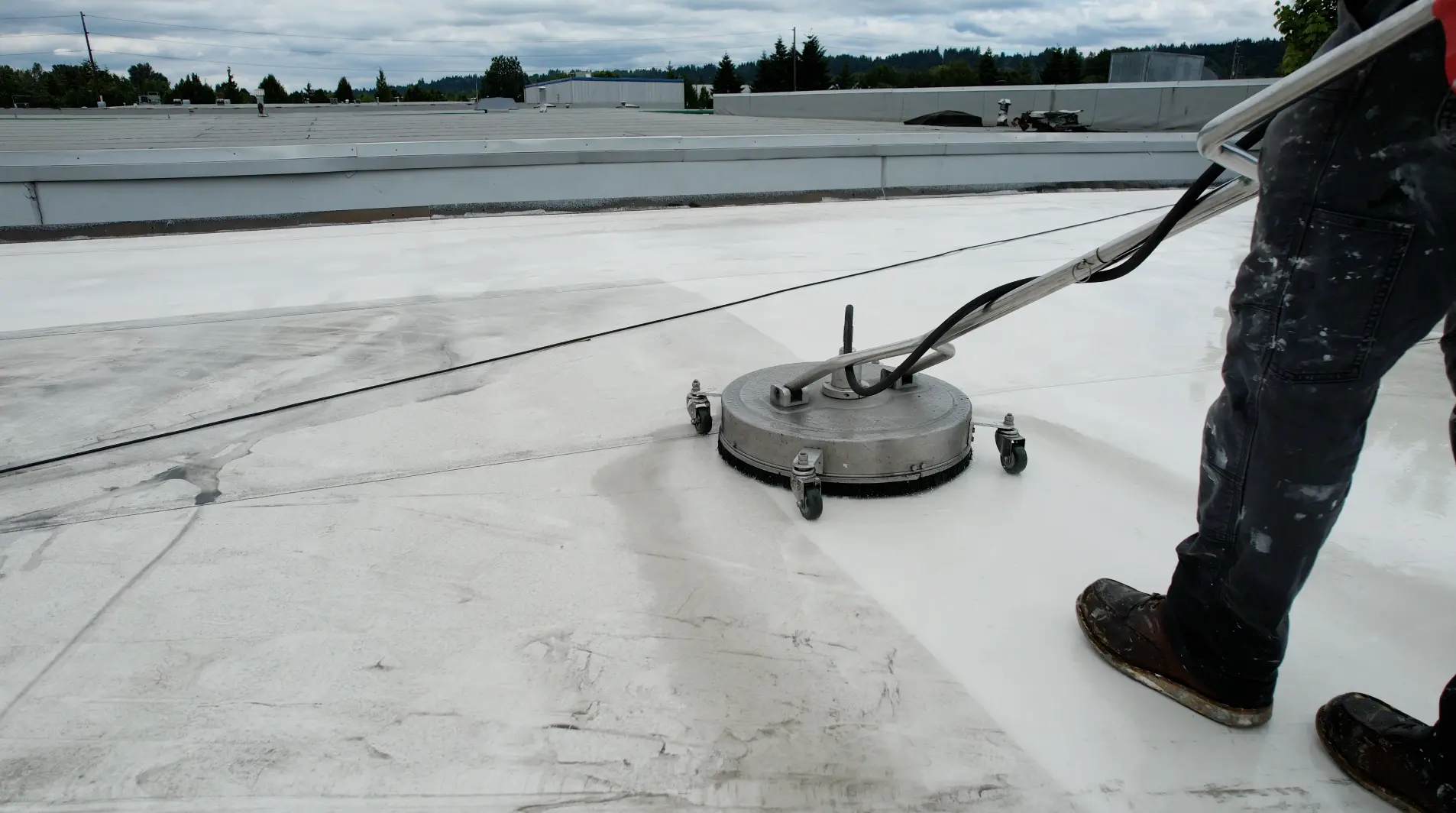
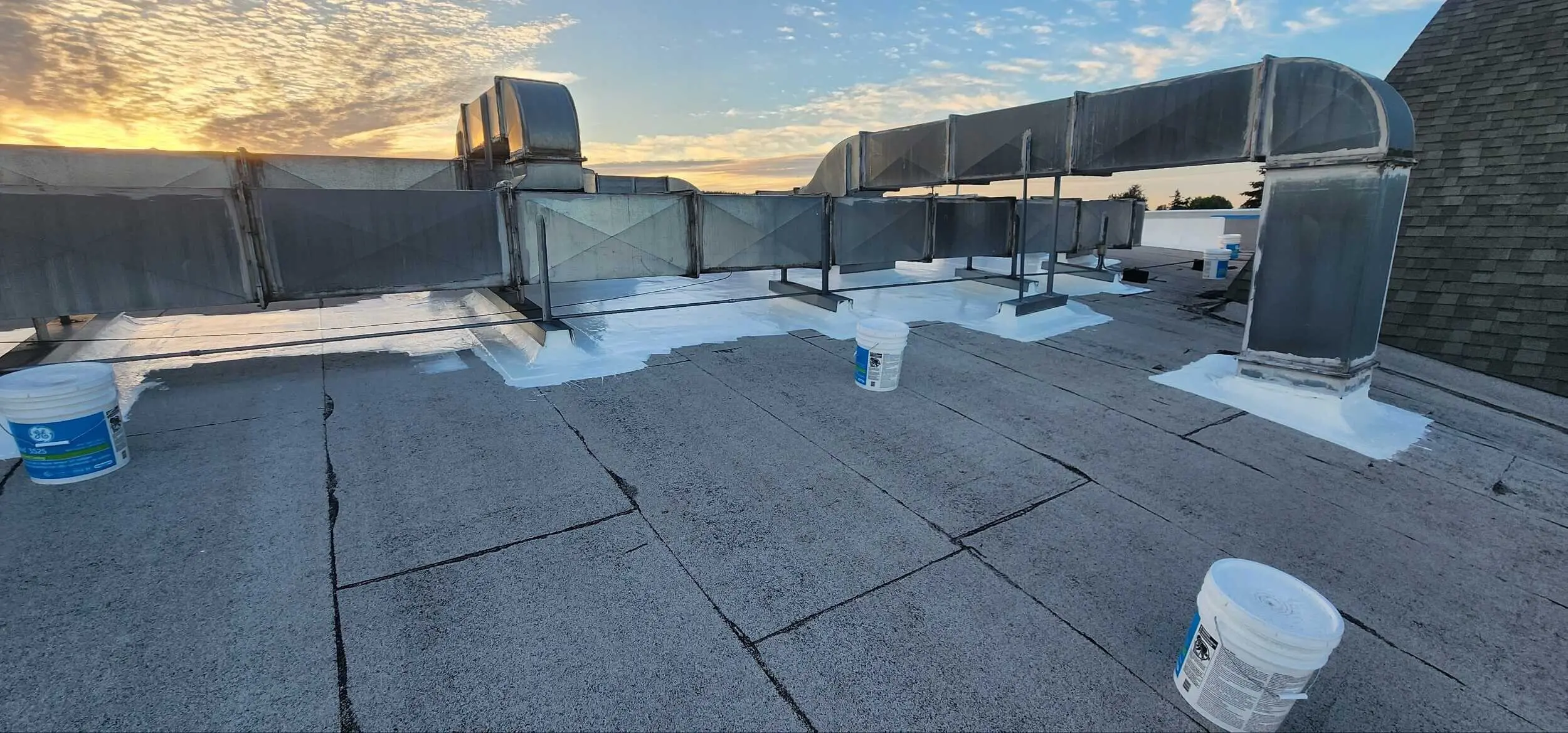

You’re Just One Step Away From Your Best Roof Yet
Serving Seattle, Spokane, Tacoma, Bellevue, Kent, and cities across WA and OR.
We provide on-site inspections and honest assessments — with no pressure.
Cases
See Our Work in Action
Choosing the Right Service
Restoration vs. Replacement: What’s Right for You?
Every roof tells a different story and the right approach depends on what yours needs most. We help you understand the condition of your roof, so you can make a decision that benefits you.
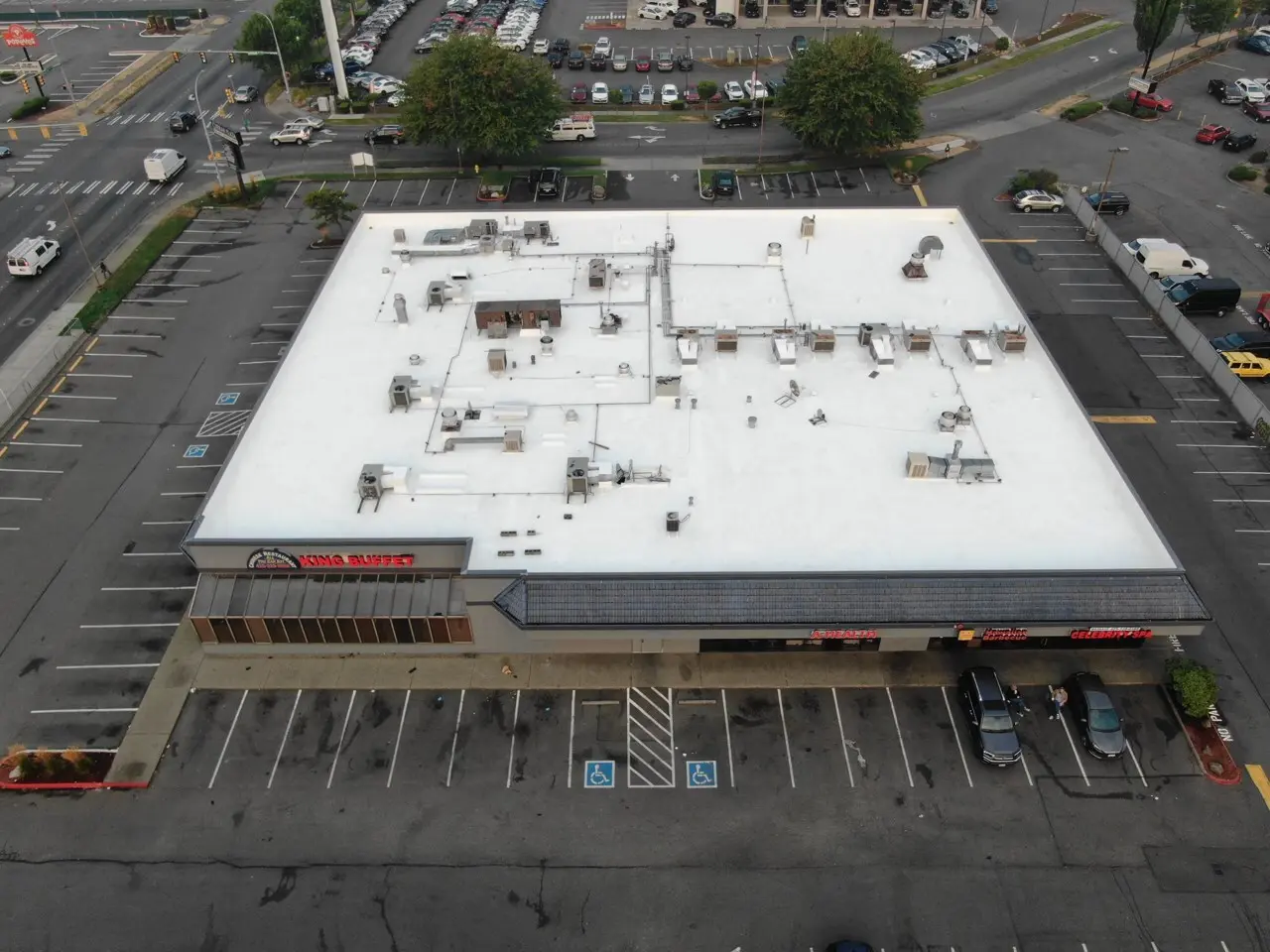
Flat Roof Restoration Benefits
What It Is: Applying a protective silicone coating over your existing flat roof to restore and seal it without the cost of full replacement.
When to Use It: Ideal for roofs that are still structurally stable but showing signs of wear, minor leaks, or surface aging.
Why It Helps: Extends your roof’s lifespan, improves waterproofing and energy efficiency.
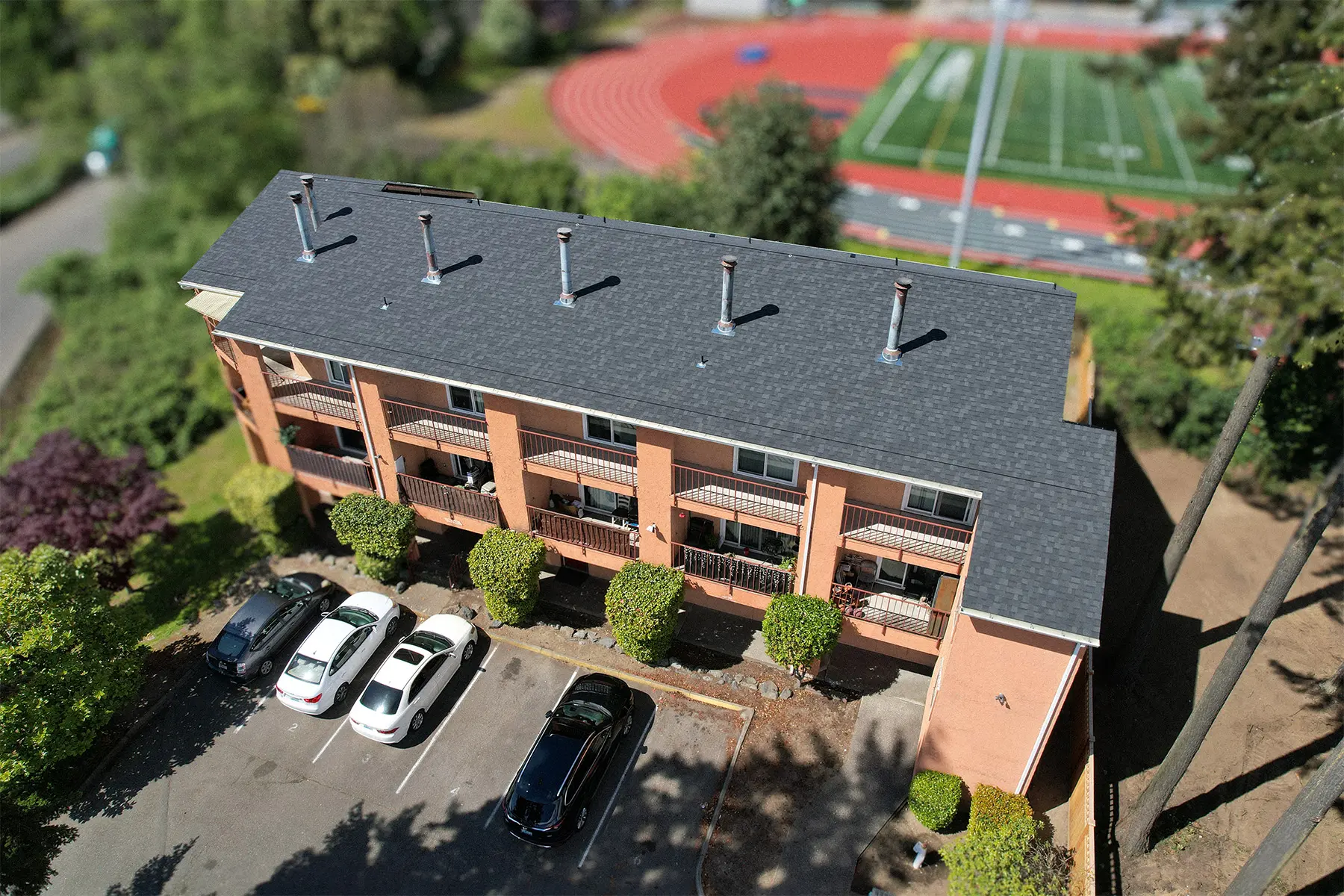
Roof Replacement Benefits
What It Is: Completely removing and installing a new roof to fix ongoing problems and prevent future issues.
When to Use It: Best for roofs with extensive damage or when repairs no longer provide lasting results.
Why It Helps: Offers long-term durability, backed by warranties, and increases your home’s value and efficiency.
Emergency Stop Leak Services
Our 24/7 emergency team acts fast to protect your roof from unexpected leaks:
• Arrival within 4 hours after signing the ESL contract
• Temporary tarping to prevent further water damage
• Quick repairs to secure your roof while planning for long-term solutions

Why Choose Us
Why Choose Flat Roof Pros for Roof Restoration?
FAQ
Frequently Asked Questions
Are estimates free?
Yes! We provide free estimates to evaluate your roofing needs. Please note, trip charges may apply depending on the location.
Can you offer multiple options for my roofing project?
Yes! We offer multiple options for your roofing project to match your budget, style, and long-term needs. Whether you need a cost-effective repair, a durable upgrade, or an energy-efficient solution, we’ll help you choose the best fit.
Do you work with general contractors?
Yes! We collaborate with a network of trusted vendors and can manage the roofing process for you. Whether it’s a new build, renovation, or repair, we make sure the project runs smoothly and efficiently.
Request your free estimate and let’s plan your project together!
How do I know what service my roof needs?
→ Flat Roof Restoration For roofs with wear but no major damage. It extends your roof’s life by adding protective coatings and fixing small issues.
→ Roof Replacement Needed if your roof has serious damage, leaks, sagging, or is very old. Replacement gives long-term protection.
→ Roof Repairs For small problems like leaks or missing shingles. Repairs fix issues before they get worse.
→ Regular Roof Maintenance Regular cleaning and inspections to keep your roof in good shape and avoid costly repairs.
Get a free estimate today and we’ll guide you to the right solution!
Service Area and Near You
We Offer Roof Repair Services Across:
Algona, WA
Longview, WA
Fall City, WA
SeaTac, WA
Aloha, OR
Lynnwood, WA
Ferndale, WA
Seattle, WA
Amboy, WA
Mercer Island, WA
Fircrest, WA
Shelton, WA
Arlington, WA
Millwood, WA
Friday Harbor, WA
Shoreline, WA
Auburn, WA
Newcastle, WA
Gig Harbor, WA
Silverdale, WA
Belfair, WA
Normandy Park, WA
Graham, WA
Spokane, WA
Bellevue, WA
Olympia, WA
Gresham, OR
Spokane Valley, WA
Bellingham, WA
Issaquah, WA
Steilacoom, WA
Bremerton, WA
Otis Orchards, WA
Kenmore, WA
Sumner, WA
Buckley, WA
Port Ludlow, WA
Kent, WA
Tacoma, WA
Burien, WA
Port Orchard, WA
Kingston, WA
Tukwila, WA
Chewelah, WA
Kirkland, WA
Portland, OR
University Place, WA
Clyde Hill, WA
Poulsbo, WA
Lacey, WA
Colville, WA
Pullman, WA
Lake Forest Park, WA
Vancouver, WA
Covington, WA
Puyallup, WA
Lake Oswego, OR
Walla Walla, WA
Des Moines, WA
Redmond, WA
Lake Tapps, WA
Woodinville, WA
Duvall, WA
Renton, WA
Lakewood, WA
Woolley (Sedro-Woolley), WA
Edmonds, WA
Richland, WA
Langley, WA
Yelm, WA
Enumclaw, WA
Rosalia, WA
Everett, WA
Fairfield, WA
Sammamish, WA
Our Locations
We’re ready to help – Give us a call!
Head Office
Seattle, Washington
3420 C St NE, Unit 403
Auburn, WA 98002
Eastern Washington Office
Spokane, Washington
601 W 1st Ave, Suite 1400
Spokane, WA 99201
Oregon Office
Portland, Oregon
650 NE Holladay St, Ste 1600
Portland, OR 97232




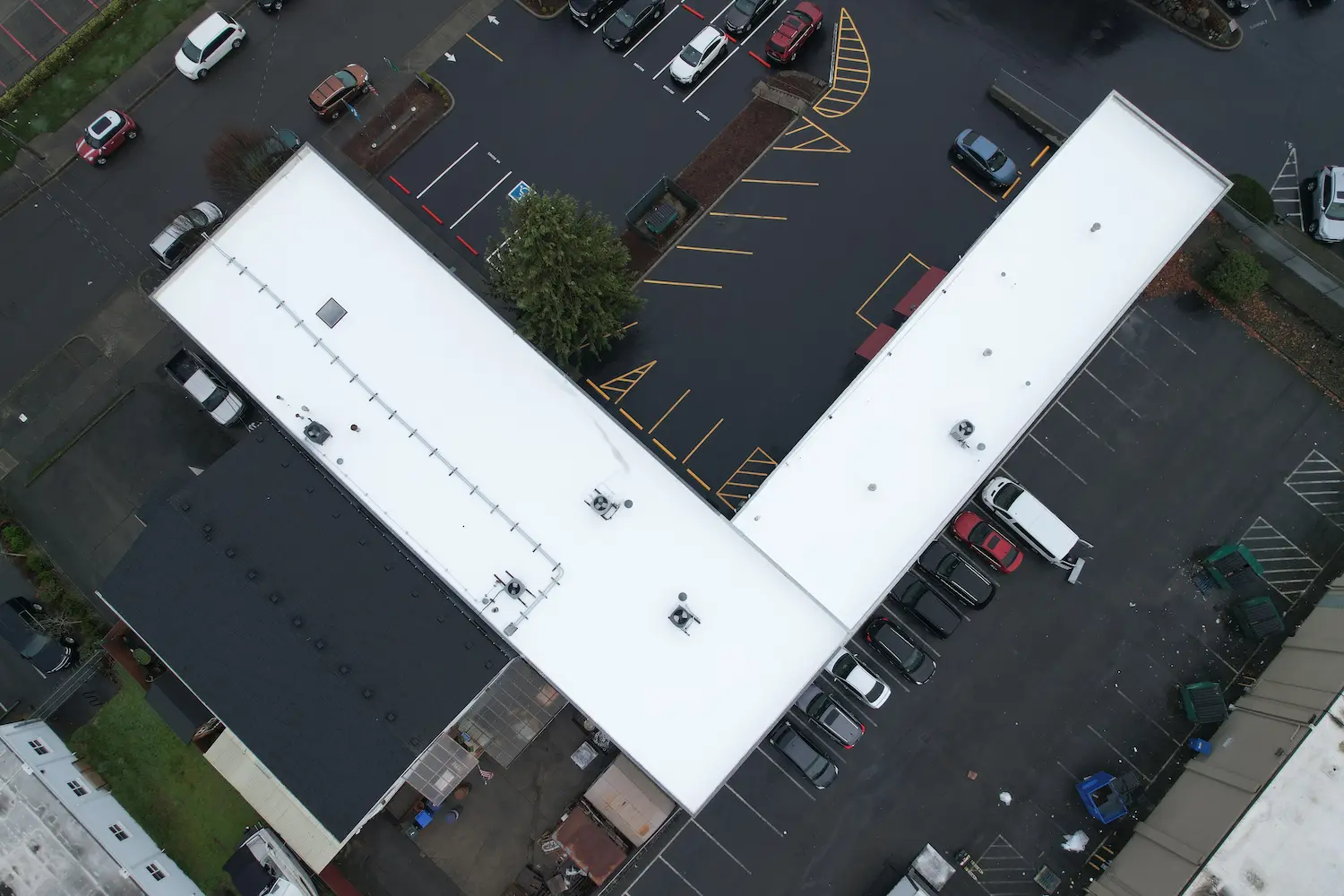
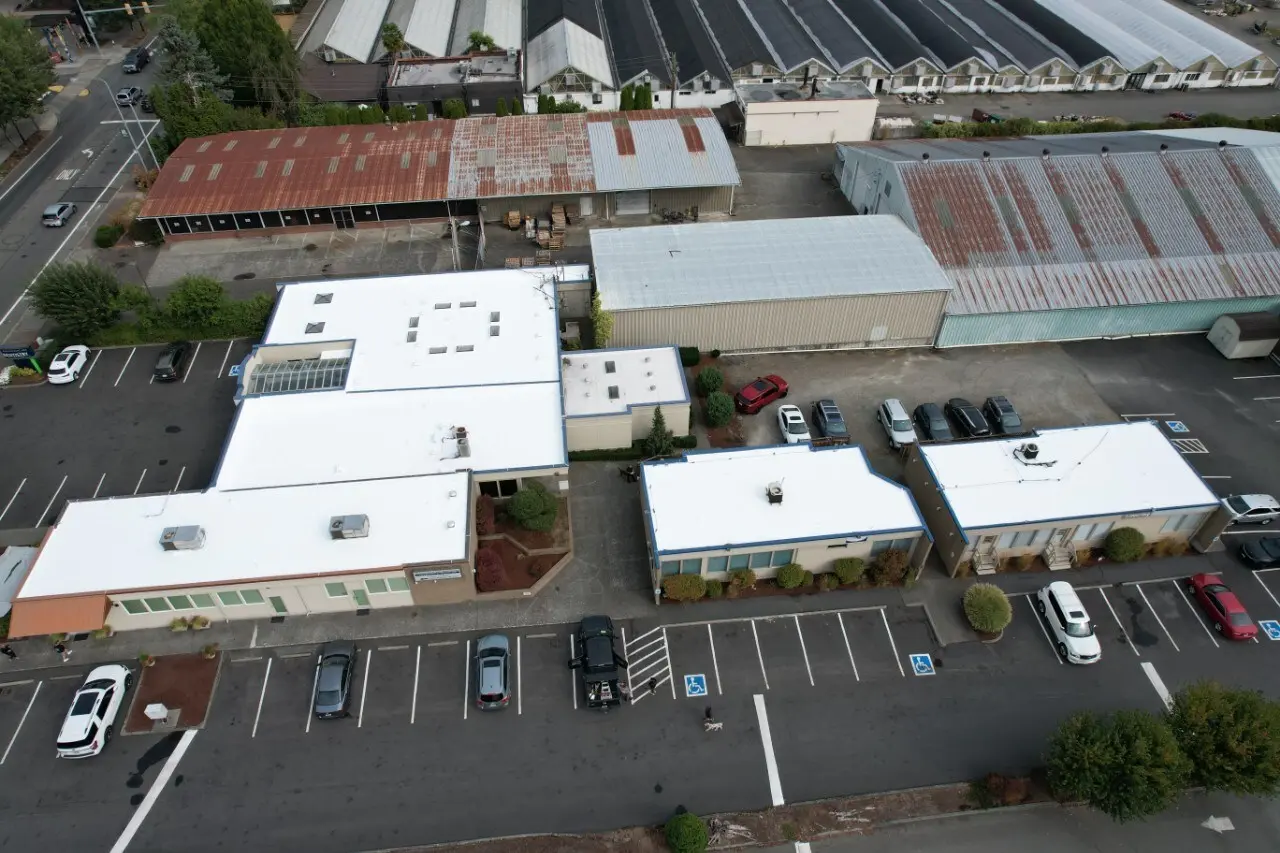
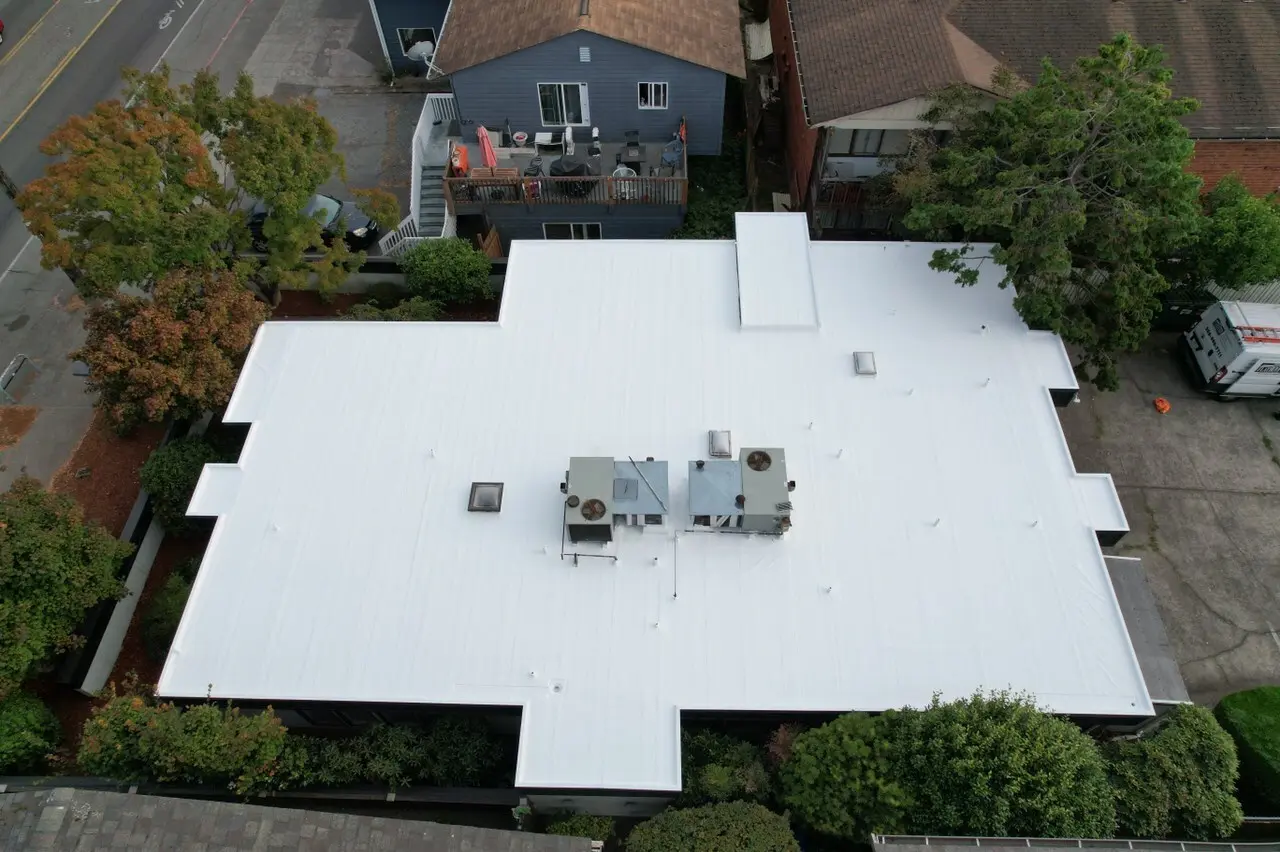
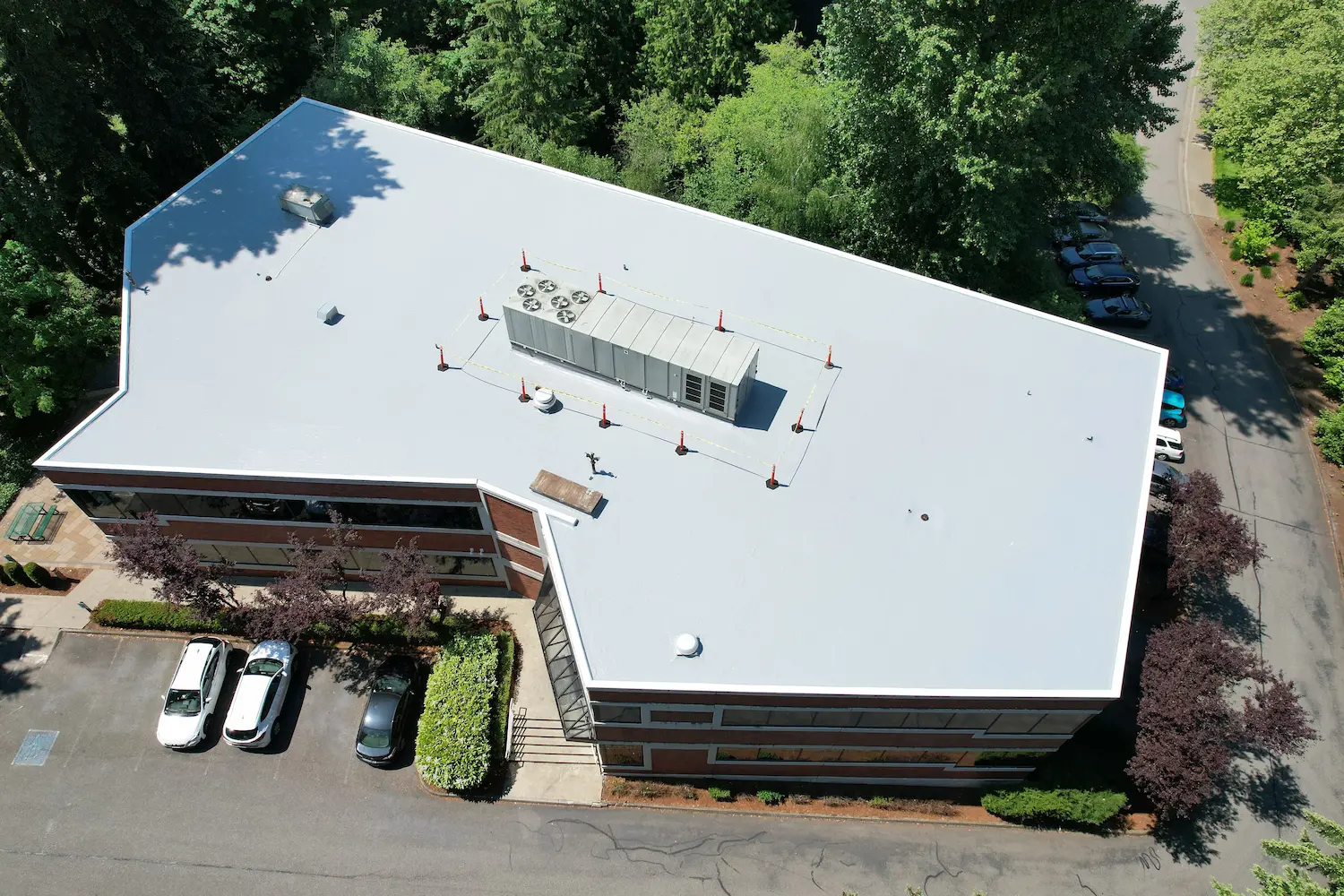

.jpeg)




